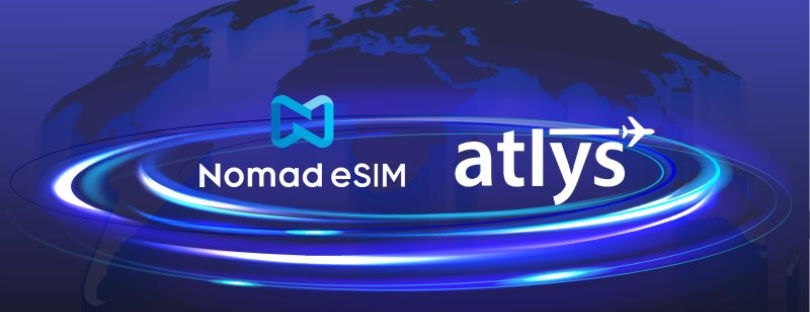
NLT, TNS, and floLIVE tie up to scale eSIM IoT across Latin America
Three familiar names in enterprise IoT—Brazil’s NLT, infrastructure provider TNS, and global IoT core player floLIVE—have formed a partnership to push standards-based eSIM deployments across Latin America, with an explicit focus on the GSMA’s new SGP.32 eSIM for IoT.
Initial rollouts will be for TNS customers, leveraging NLT’s local reach and floLIVE’s multi-IMSI, cloud-native core.
What’s actually new here
This isn’t just another roaming-based “global SIM” press line. The partners say they’re aligning to SGP.32—the purpose-built eSIM IoT spec—so devices can be provisioned, switched, and managed at scale without consumer-style workarounds. That matters in LatAm, where compliance and “permanent roaming” rules can trip up pure-roaming offers.
Why Latin America needs this (and why now)
Brazil and several neighbors have tightened the screws on long-term roaming for IoT/M2M, pushing enterprises toward locally compliant connectivity or genuine eSIM orchestration. Brazil’s regulator ANATEL bans permanent roaming, and enforcement is getting sharper—a real constraint for global fleets. A standards-first SGP.32 approach is a timely response.
How the stack comes together
Think of it in three layers:
• floLIVE: a distributed, cloud-native core and connectivity management with multi-IMSI/eUICC at the heart.
• NLT: local market access, agreements with MNOs/MVNOs, device approval, and SIM app programming in Brazil and beyond.
• TNS: the first customer and channel, bringing enterprises with regional footprints that need compliant, managed connectivity.
Together, that’s eSIM + platform + local compliance—packaged for scale.
 The spec behind the story: SGP.32 in plain English
The spec behind the story: SGP.32 in plain English
SGP.32 is the GSMA’s eSIM standard tailored for IoT devices (not phones), enabling remote profile management without user interaction and reducing vendor lock-in. It builds on SGP.31/32 to allow standardized interoperability via existing SM-DP+ infrastructure and aims for truly zero-touch lifecycle ops. Translation: fewer bespoke integrations, easier swaps between carriers, and better compliance options.
The TNS angle
TNS already expanded low-latency connectivity to multiple Latin American exchanges this year—a signal it’s investing in the region. With NLT and floLIVE, TNS gets a standards-aligned IoT path to pair with its infrastructure presence, reducing friction for customers that need devices live in Brazil, Mexico, Colombia, and beyond.
How this stacks up against the market
Competitors have been moving too—Wireless Logic bought Brazil’s Arqia to cement a compliant LatAm footprint; Hologram, KORE, and Telenor IoT have each outlined SGP.32 roadmaps or guidance. IDEMIA has even announced what it calls the first fully GSMA-certified SGP.32 end-to-end solution. The NLT-TNS-floLIVE trio differentiates by combining a local Brazilian operator partner (NLT), a global virtualized core (floLIVE), and a ready enterprise channel (TNS) in one package.
Trend check: from roaming hacks to compliant eSIM
Two macro shifts are obvious:
- Compliance over convenience. Countries like Brazil have defined and tightened permanent-roaming rules, so enterprises are swapping “it roams forever” for “it provisions locally when needed.”
- Standards over bespoke. As SGP.32 hardens, large buyers want vendor-neutral orchestration rather than proprietary eSIM flows; multiple carriers (and even device-security groups) now frame SGP.32 as the IoT catalyst for 2025–26.
What to watch next
Two proof points will tell us if this partnership is more than a press day: (a) published reference wins in regulated markets like Brazil under SGP.32, and (b) measurable reductions in time-to-activate and truck rolls for mixed-vendor fleets. Also watch for certification stories (à la IDEMIA) and operator endorsements that validate end-to-end SGP.32 interoperability.
Conclusion: a pragmatic LatAm play that mirrors where IoT eSIM is headed
This is a smart, grounded move. Unlike pure-roaming offers that hit regulatory walls, the NLT-TNS-floLIVE model leans into SGP.32, local agreements, and a cloud core built for multi-IMSI—exactly what Brazil and peers are nudging the market toward. Versus rivals: Wireless Logic is buying local (Arqia) to solve compliance; Hologram and KORE are publishing SGP.32 playbooks; Telenor IoT sets rollout windows. Here, the trio fuses distribution (TNS) + local compliance (NLT) + global core (floLIVE)—a combo that should accelerate real deployments if they deliver certified, operator-blessed SGP.32 at scale. In short: less PowerPoint, more provisioned devices. If the early projects land in Brazil under SGP.32, this will be one of 2025’s more meaningful LatAm eSIM case studies.





 The spec behind the story: SGP.32 in plain English
The spec behind the story: SGP.32 in plain English



